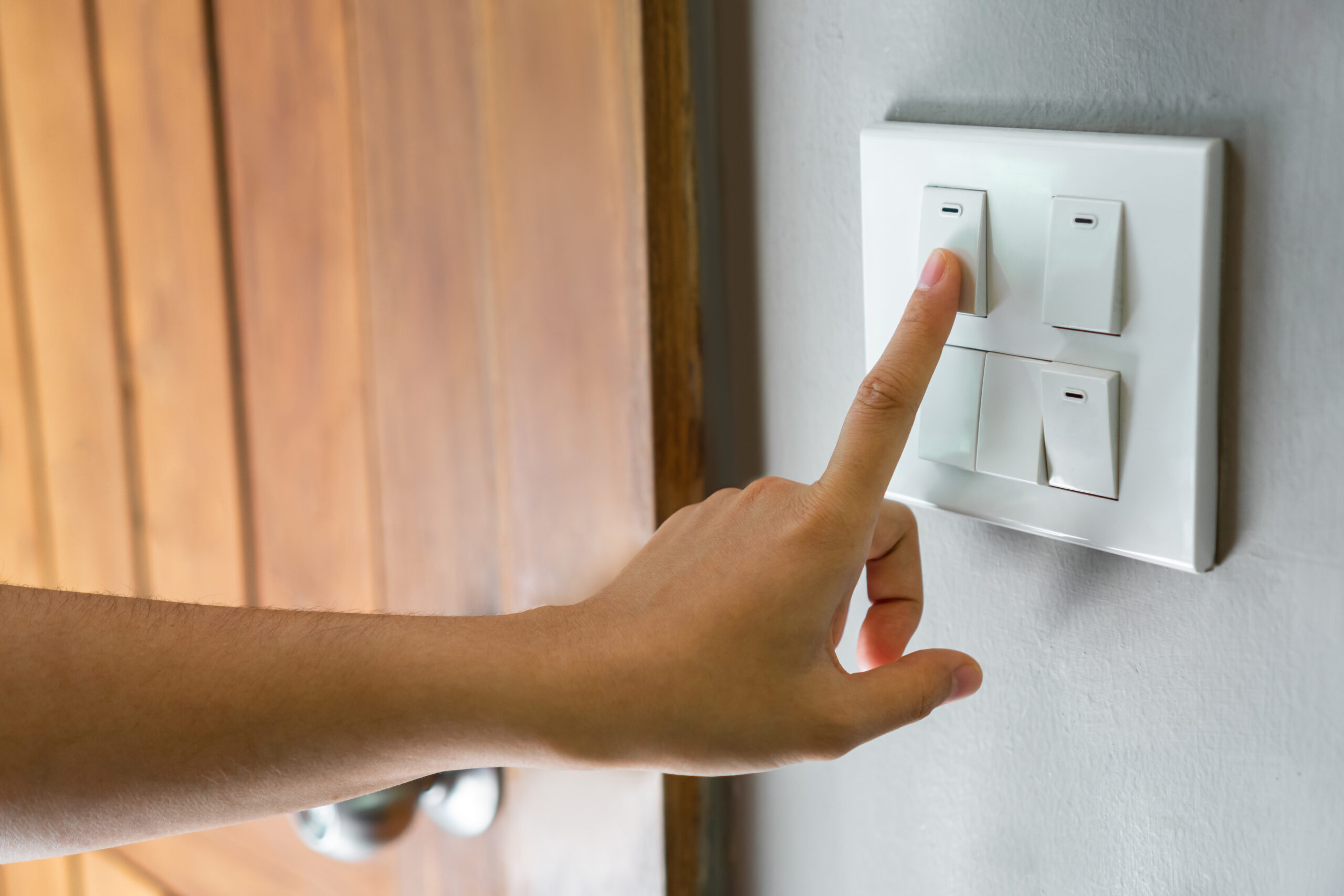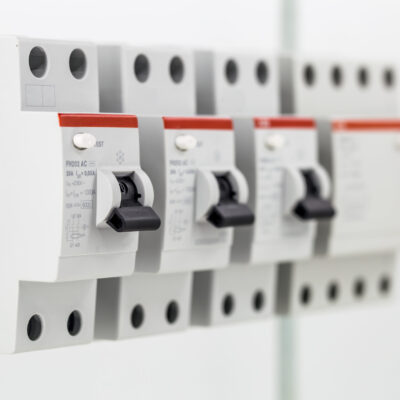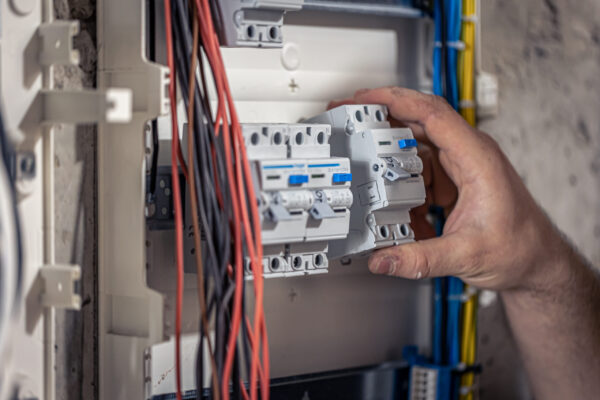Switches
Home> Switches

Switches
A switch is an electronic device that allows for the opening or closing of an electrical circuit. It is a fundamental component in electrical systems, serving as a control mechanism to manage the flow of electricity. Switches are used in various applications, from simple household lighting to complex industrial control systems.
Here is a general description of the components and types of switches commonly found
Components of a Switch:
-
Actuator: The actuator is the part of the switch that is physically manipulated to open or close the circuit. It can take the form of a toggle, push button, rocker, rotary knob, or any other mechanism that triggers the switching action.
-
Contacts: The contacts are conductive elements within the switch that make or break the electrical connection when the switch is actuated. When the contacts are closed, the circuit is complete, allowing electricity to flow. When they are open, the circuit is interrupted, preventing the flow of electricity.
-
Terminals: The terminals are the connection points on the switch where wires or conductors are connected. They provide the electrical interface for the switch to be integrated into a circuit.


Types of Switches
Brand we use
Our Services
CCTV System
Fire Alarm System
PA System
Access Control System
Hand Dryers
Projectors
Audio - Video
Rodent Repellent System
Gas Detector
Intercom System - EPABX
Fire Fighting System
Switches
Cables
Door Interlocking
Water Leak System
Display
FAQ
Can switches be used for both AC and DC circuits?
Yes, switches can be used for both AC (alternating current) and DC (direct current) circuits. However, it is important to choose switches that are rated for the specific voltage and current requirements of the circuit to ensure safe and reliable operation.
How are switches categorized based on their switching configurations?
Switches are categorized based on their switching configurations, which describe the number of contacts and positions they have. Common configurations include Single-Pole, Single-Throw (SPST), Single-Pole, Double-Throw (SPDT), Double-Pole, Single-Throw (DPST), and Double-Pole, Double-Throw (DPDT).
What factors should be considered when choosing a switch?
When choosing a switch, factors to consider include the application, the electrical load it will control, the voltage and current rating, the desired switching mechanism, the physical size and mounting options, and any specific features or certifications required.
Are there wireless or remote-controlled switches available?
Yes, wireless or remote-controlled switches are available. These switches use wireless technology, such as radio frequency or Wi-Fi, to remotely control the switching operation. They are commonly used in home automation systems, allowing users to control lights, appliances, or devices from a central control panel or mobile devices.






